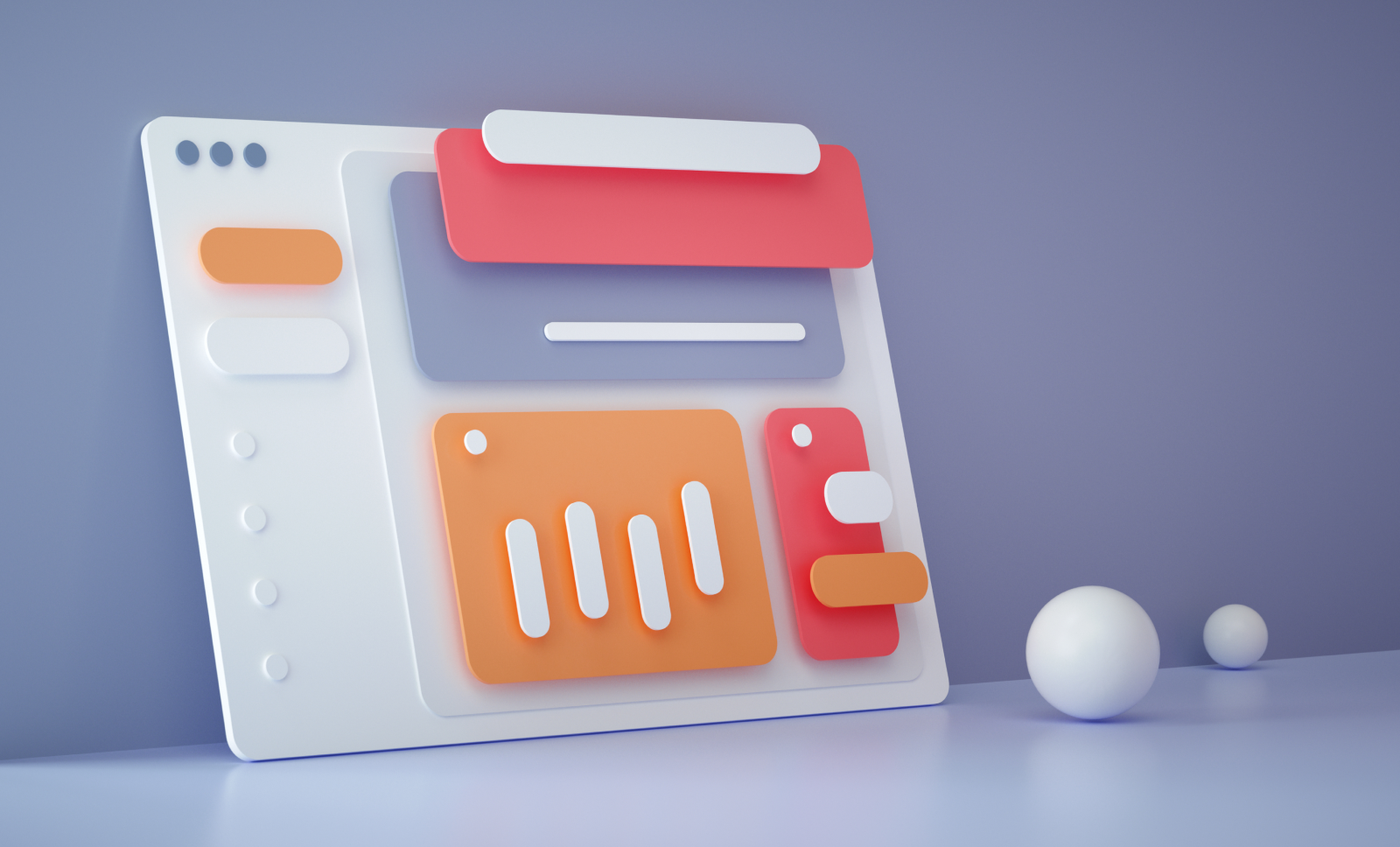As technology continues to evolve, the way we interact with digital products and services is becoming increasingly complex. This has brought to the forefront the importance of user interface design in creating a positive user experience that engages and empowers users. In this article, we will take a closer look at user interface design and explore its vital role in shaping the way we interact with technology.

At its core, user interface (UI) design focuses on creating interfaces that are both functional and visually appealing. UI designers have the task of creating interfaces that are easy to use, intuitive, and provide a seamless experience for users to complete their goals. In order to achieve this, designers must consider various aspects such as usability, accessibility, responsive design, and visual design.
One of the most critical components of UI design is usability. Usability is the extent to which a product or service can be used efficiently and effectively by users. This includes the ease of use of the interface, the clarity of the layout and navigation, and the ability to complete tasks quickly and easily. Usability testing is a key component of UI design, allowing designers to evaluate the effectiveness of the interface and identify areas where improvements can be made.
Another important aspect of user interface design is accessibility. A user-friendly interface is accessible to all users, regardless of their physical or cognitive abilities. UI designers must consider factors such as color contrast, font size, and screen reader compatibility to ensure that the interface is accessible to those with visual or auditory impairments.
Responsive design, which refers to designing interfaces that adapt to different screen sizes and device types, is another crucial component of UI design. With more users accessing digital products and services on mobile devices, designing interfaces that are optimized for different screens sizes and resolutions is essential for creating a seamless user experience across multiple devices.
Visual design also plays an important role in UI design. A well-designed interface is visually appealing, uses consistent design elements throughout the product, and communicates information effectively through the use of icons, typography, and imagery. Keeping the user in mind throughout the design process is key to creating a user-centric interface.
Wireframing and prototyping are critical stages in the UI design process. Wireframes are simplified, low-fidelity mock-ups that outline the basic structure and layout of the interface, while prototypes are interactive models that allow designers to test the functionality and usability of the interface before it is developed. These stages allow designers to explore different design concepts, refine the interface, and make necessary adjustments before the final product is developed.
In conclusion, user interface design is a critical component in creating an engaging user experience that empowers users to interact with technology in a way that is efficient, effective, and satisfying. With thorough research, careful planning, and attention to detail, UI designers have the ability to create interfaces that are not only visually appealing, but also functional, accessible, and responsive to different user needs. By keeping the user at the center of the design process, UI designers can create interfaces that leave a lasting positive impression on users.









